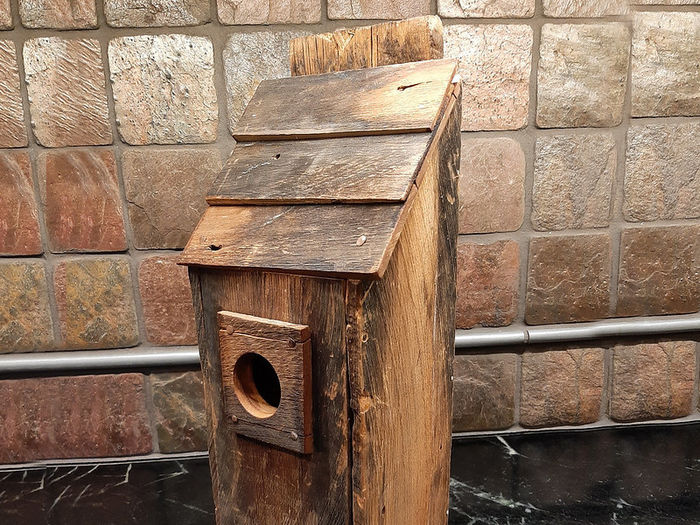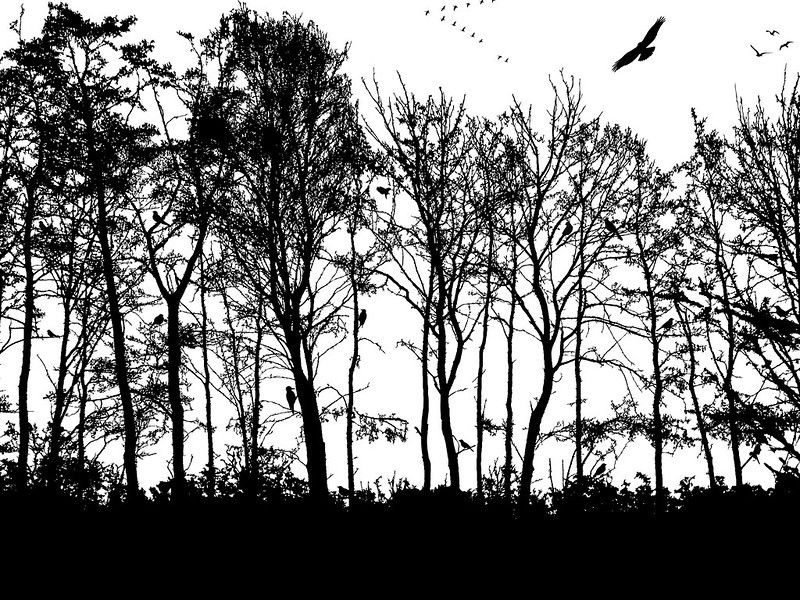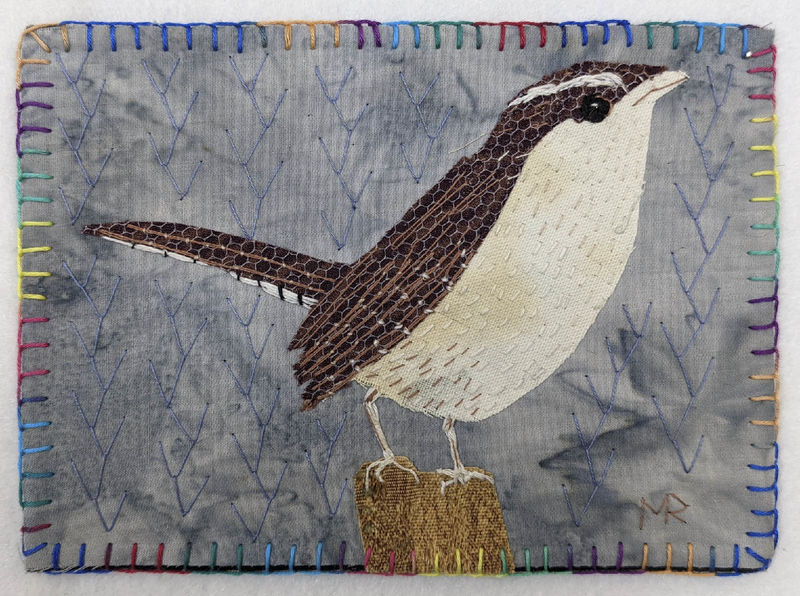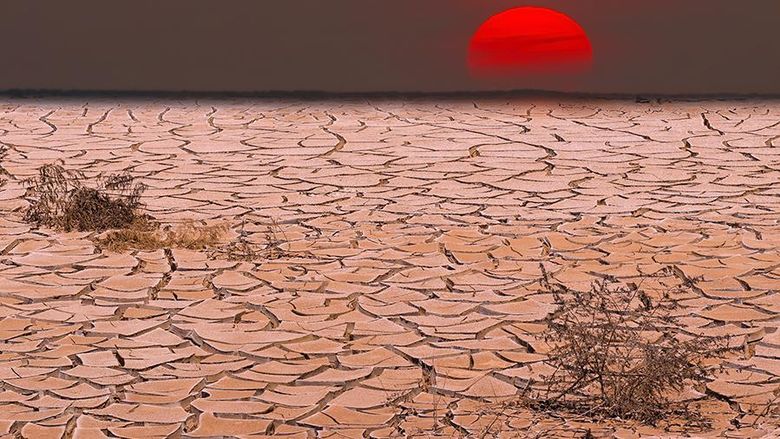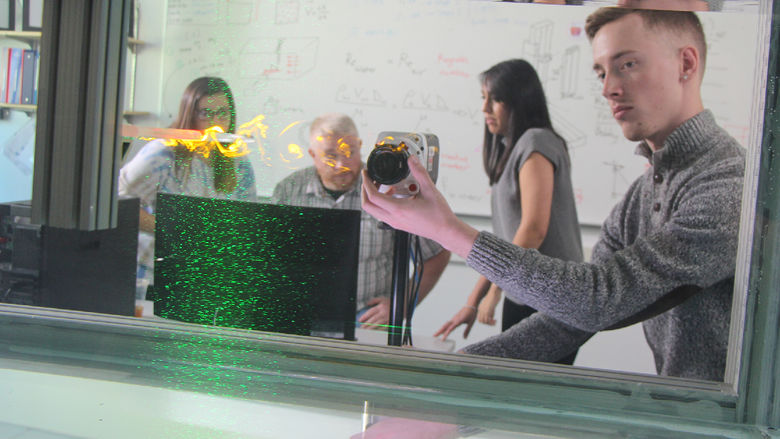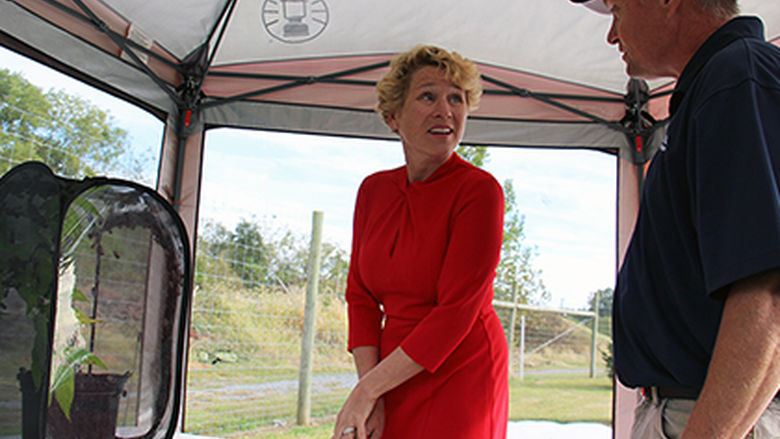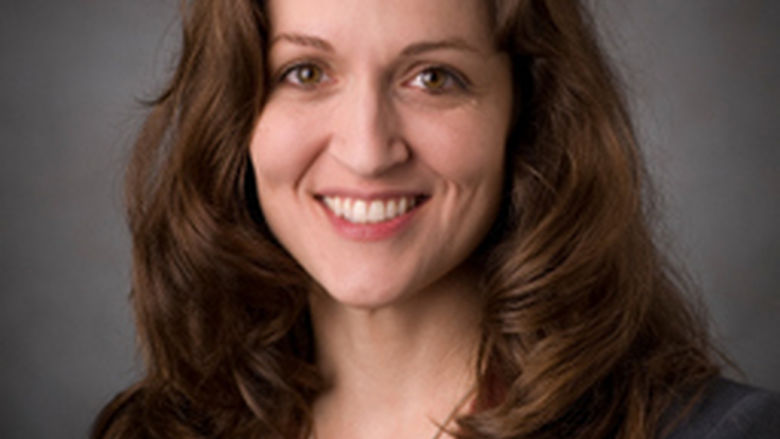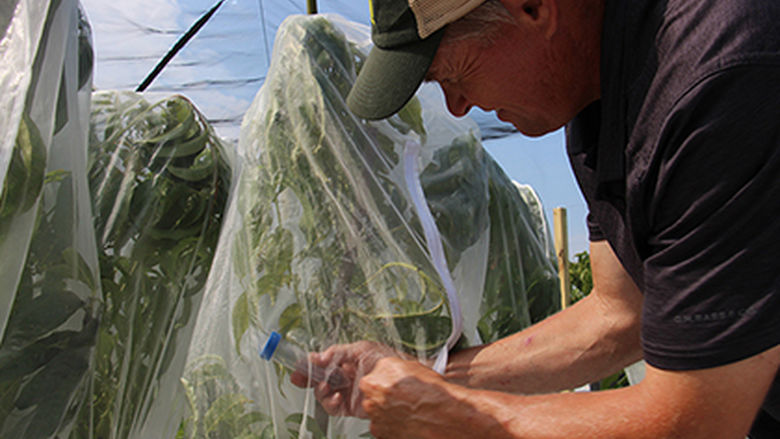
Penn State Berks and Lehigh Valley professors created a multidisciplinary research project that involved participants in a meaningful community activity -- birdwatching. Born out of an increasing urgency to foster awareness and understanding of biodiversity, the project focused on birdwatching as the method of engagement because it’s a fairly accessible activity for most people.
WYOMISSING, Pa. — How do you instill an appreciation of biodiversity and a desire to preserve ecosystems in the community? A team of Penn State Berks and Lehigh Valley professors tackled this very question through a multidisciplinary research project that involved participants in a meaningful community activity, linking science and the arts.
Born out of an increasing urgency to foster awareness and understanding of biodiversity, according to the researchers, the project focused on birdwatching as the method of engagement because it is a fairly accessible activity for most people. For this study, more than 65 participants — ranging in age from young families to retirees — went on a group field experience at the Nature Place in Reading’s Angelica Creek Park. The Nature Place is the headquarters for Berks Nature, a conservation organization in Berks County. There, the participants were guided by experts from Baird Ornithological Club, who provided information on the birds and tips on birdwatching. This outing was followed by a four-week period of independent study in which printed guides were provided for self-paced birdwatching and field notes.
“The challenge of maintaining biological diversity demands multidisciplinary approaches and action not only from scientists and leaders but from the wider public as well," said Bryan Wang, teaching professor in biology at Penn State Berks. "We examined whether encouraging public audiences to experience the natural world using tools of art and science increased awareness of and appreciation for biodiversity — starting with birds."
The participants were asked to distill their learnings into written reflections and visual representations of the birds and of birdwatching and were then invited to show their artwork in a community art exhibition, titled "Bird Call: Studies and Actions Dedicated to Biodiversity." Kevin Brophy, gallery coordinator, curated the exhibition, which was held at the Penn State Berks Freyberger Gallery in May 2022.
“I appreciated learning more about our local birds," said Brad Hartline, a participant in the study. "While I don’t really take them for granted, I don’t know as much about them as I would like to. I created a bluebird house out of 165-year-old cedar roof shingles from our house. We have a lot of different birds around our house but no bluebirds — we’re going to try to attract them.”
Safitaj Sindhar, a Penn State Berks alumna who was a student at the time of the study, also participated in the study.
“While I was working on the art and trying to draw the birds, I was amazed at how intricate the feathers and how beautiful the colors of these birds are," Sindhar said. "I never really looked closely at birds but while trying to draw them, I observed little things I had not noticed before… This experience also made me reflect on the crisis concerning the environment.”
At the bird walk and again after creating art, the participants were asked to complete a questionnaire assessing their connection to nature and concern about the environment. The researchers found that combining science and the arts increased participants' appreciation for the natural world.
The project was funded by a grant from the Penn State Sustainability Institute through their Mainstreaming Biodiversity in the Decade of Action program and ran from the summer of 2021 through the summer of 2022. The research team included Wang; Sandy Feinstein, professor of English and honors coordinator; and Samantha Kavky, associate professor of art history; and Penn State Lehigh Valley faculty member David Livert, professor of psychology. Wang handled the science aspect of the study including developing the field experience, Feinstein created the writing prompts, Kavky assisted with the art making experience, and Livert helped design and conduct the evaluation.
“We wanted to see what happens when people watch birds and create art and what effect these activities have on learning," Wang said. "We looked at both what they made and what they learned."
He also noted that study participants exhibited learning in at least one of several categories of science learning in informal settings, as defined by the National Science Foundation and the National Academy of Science — developing an interest and understanding in a topic, and developing scientific reasoning skills.
As the team wrote in the research report on the project, recently published in the Journal of Sustainability Education, “The integration of experiences, as manifested in field notes, artwork, and writing, reinforced understanding of, as well as interest in, birds and their natural habitats. In short, the data confirmed that participants gained a deeper appreciation for the natural world when seeing it in the contexts of both science and creative expression.”
